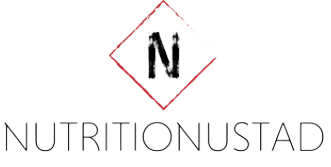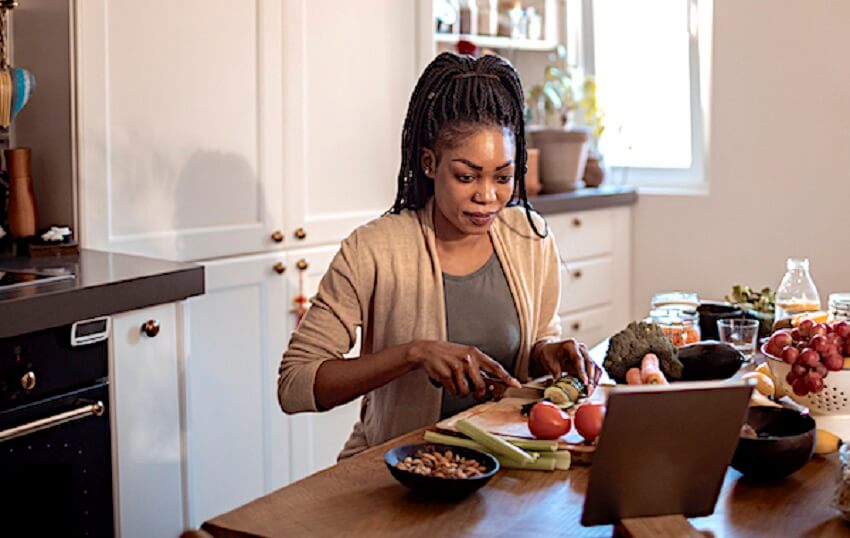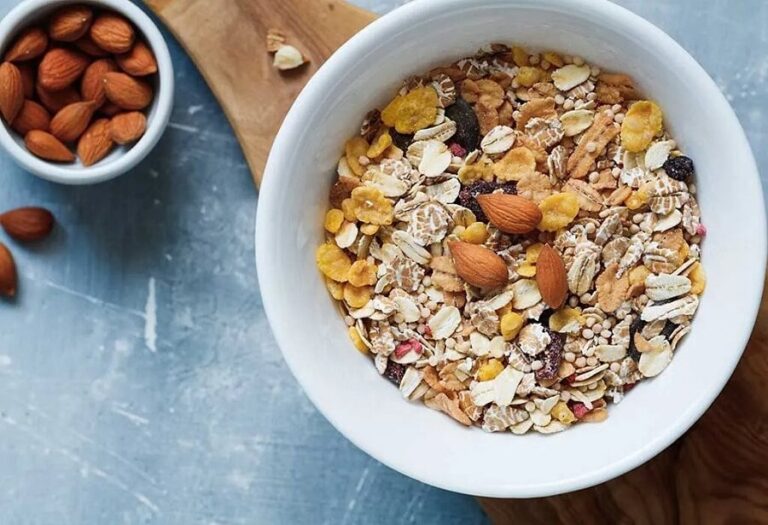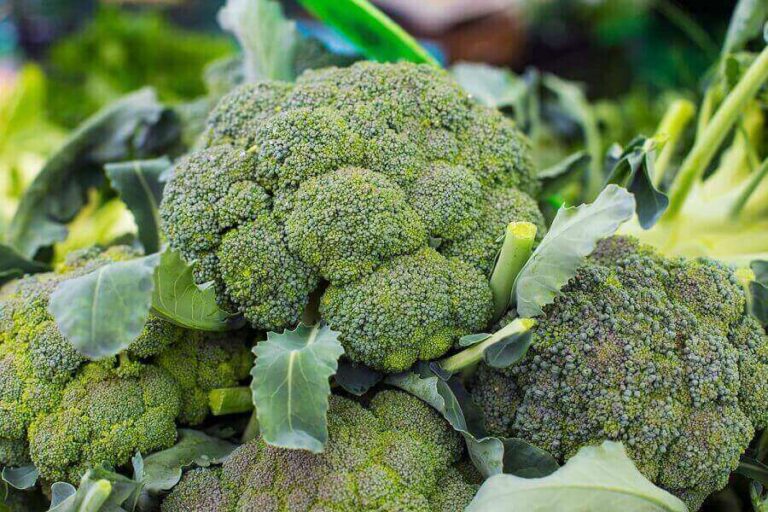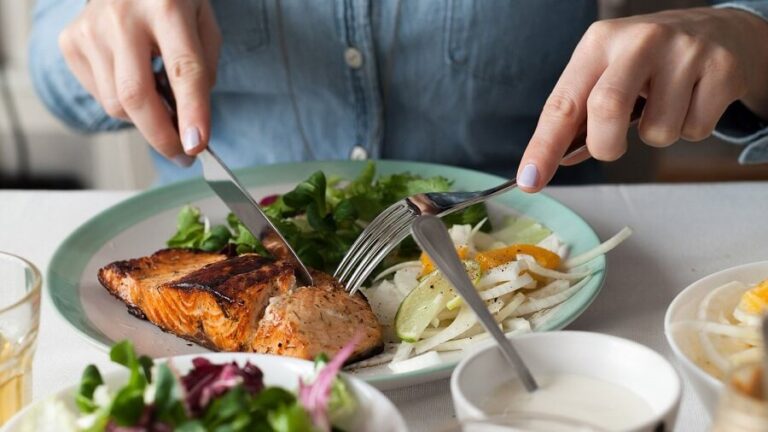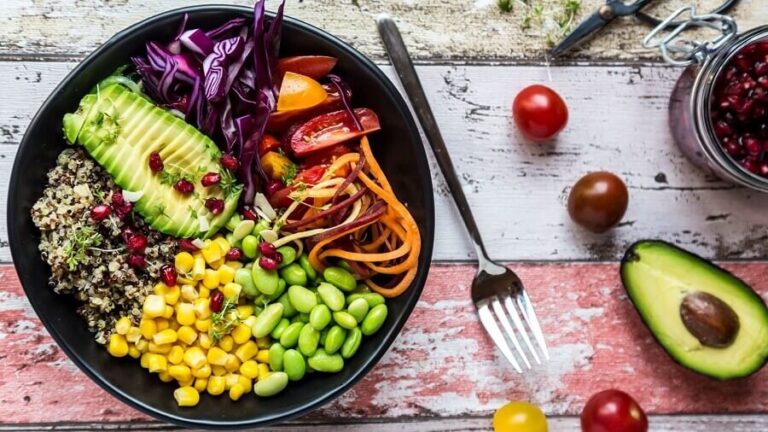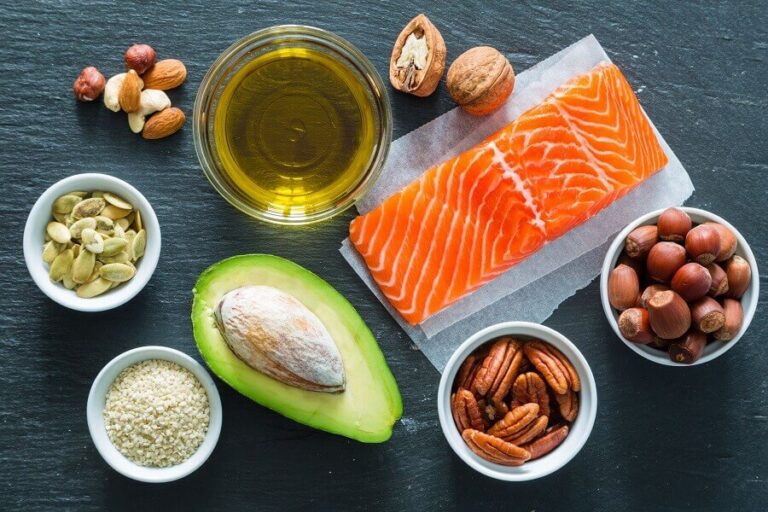In quarantine times, knowing what to choose when going to the supermarket is essential. Not only to make sure you have enough food to stay at home but also to save money and strengthen your immune system.
Pasta, flour, and sugar are foods that are usually chosen as the first option due to their long shelf life. However, a diet based on these products guarantees weight gain and low defenses. Since in these foods, there are practically no essential nutrients.
This article describes making a grocery shopping list for the quarantine period.
List of foods for quarantine
Having a stock of healthy products with a long shelf life is essential in quarantine periods. A pantry full of healthy food will help both in case of an unexpected arrival of relatives and take care of children and the elderly.
When preparing a list of products for quarantine, it is essential to emphasize the diversity of foods and ensure a correct supply of vitamins and minerals. The worst option is to buy only flour, sugar, pasta, and rice: these products are inexpensive, but they are not the healthiest.
When making a shopping list, divide your products into four categories: protein sources, fat sources, carbohydrate sources, and vitamin sources.
Carbohydrate, Protein, and Fat Sources on the Shopping List
The protein foods are not only eggs and meat but also legumes, nuts, soy, and derivatives pseudocereals. If these foods are not your liking, you can buy long-lasting low-fat dairy products.
Healthy fat sources should be vegetable oils: canola, olive, coconut, etc. The best sources of carbohydrates are whole grains: brown rice, oatmeal, whole wheat, etc.
Sources of vitamins and minerals can be the most complex products to find. Fresh fruits and vegetables are the most important natural sources of these nutrients. If you can’t get them, think about including frozen vegetables, freeze fruits on your own, and increase the number of nuts and seeds.
In addition, there are many products with added vitamins, the most classic of which are vegetable juices and milk. If you are not used to buying these products, maybe it is an excellent time to add them to the list. Taking multivitamins when you are not sure there is a lack of vitamins is not recommended.
// Foods that cannot be missing from the shopping list:
- Lentils, beans, buckwheat, quinoa – rich in protein
- Brown rice, oatmeal, whole-wheat pasta – rich in carbohydrates
- Seeds, vegetable oils, nuts – rich in healthy fats
- Frozen fruits and vegetables, vegetable milk, and products with added vitamins and minerals
Frozen Vegetables: Are They Healthy?
When fresh veggies aren’t readily available, stocking up on frozen veggies makes sense. In most cases, its benefits are comparable to fresh ones: only a few vitamins are lost in the freezing process. The number of trace minerals does not change.
Green beans, spinach, peas, broccoli, and cauliflower are excellent choices of vegetable products to freeze during quarantine.
The main tip to increase the benefits of frozen vegetables is to steam them. When boiled directly in water, they lose almost all water-soluble vitamins, including vitamin C.
For the frozen green beans to remain green, you must steam them for 5-7 minutes, then rinse them in a colander with cold water.
// The best vegetables to freeze:
- green beans
- spinach
- broccoli
- carrots
- cauliflower
- papas
- boniato
Rich and healthy foods to add to the shopping list
The view that long-lasting healthy products cannot be rich is a mistake. Nuts, peanut butter, and dark chocolate are examples of these foods.
One tablespoon of peanut butter is enough to transform the oatmeal taste and add healthy vegetable fats and vegetable proteins to the composition.
If you have teriyaki sauce (or regular soy sauce), you can cook many healthy and prosperous dishes with minimum ingredients. For example, quinoa with teriyaki sauce, frozen vegetables, and a protein source can be a complete and healthy quarantine dish.
Another ideal product to store for long periods is tomato sauce, this inexpensive and healthy food will diversify the flavor of your dishes.
// Long-lasting, prosperous and healthy foods:
- Dark chocolate
- Nuts
- Sauces: tomato, soy, etc.
- Jams without sugar
- Peanut butter
Cereals are inexpensive, long-lasting, and healthy.
Cereals and pseudocereals are inexpensive products with a long shelf life. They certainly cannot miss the quarantine period to achieve a healthy diet.
Buckwheat, amaranth, quinoa, and millet are products that can be part of every day and even substitute for meat. Its amino acid profile is complete. The millet, oats, and bulgur are other examples of healthy and non – perishable products.
// Inexpensive and healthy, long-lasting food:
- Buckwheat
- Quinoa
- What’s good
- Avena
- Burgundy wheat
- Amaranth
- Spelled
What oil to buy?
Soybean and sunflower oils are composed of approximately 60-80% omega-6 fats. Although these fats can be considered good, their use in large amounts alters the balance of omega-3 / omega-6 in the body.
For this reason, it is best to use canola oil or olive oil. For frying, you can buy the cheapest brands. Vegetarians are advised to use coconut oil; in your case, it will become a source of medium-chain saturated fatty acids, which are valuable to achieve a correct hormonal balance.
// The healthiest oils:
- olive oil
- coconut oil
- canola accept
Types of rice – which is better?
Of the types of rice, the most useful is brown rice. Because the grain’s husk is not removed during processing, it retains the plant fiber and vitamins.
100 g of dry brown rice contains 35% of the daily value of manganese, 25% of vitamin B6, 8% of iron, and 2% of the norm of calcium. White rice can be considered worse for health because it has a high glycemic index and does not contribute anything other than starch in its composition.
Frozen meat
If that is what you choose meat for, you can freeze it during quarantine time. The most practical way is to store diced minced beef or chicken breast in sachets of 150 g per serving. Otherwise, you will have to defrost a large chunk of meat each time you need it.
// How to freeze meat:
- Cut the meat into chunks or cubes
- Freeze in small packages of 150-300 g
- Thaw it for 3-4 hours at room temperature
When making a list of foods for quarantine, pay particular attention to variety. Buy frozen vegetables, vitamin-added milk, cereals, pseudocereals, vegetable oils, mixed nuts, and sauces. Otherwise, the monotonous menu will not only quickly bore you, but you will likely gain weight. Mainly if your diet only consists of rice and pasta.
